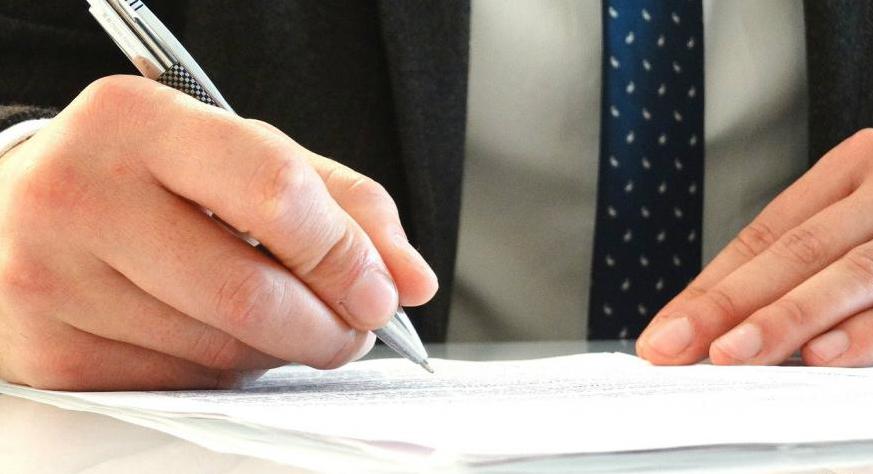Why is an application for correction of a clerical error submitted in court? What is a clerical error and how does the procedure for correcting it look like? After all, the enforcement of a court decision or the registration of rights with its help may become impossible. Are there any time limits to this procedure?
Why would a judge make a change?
The judge makes a decision only once, he has no right to cancel or change it. This right remains with a higher authority if it considers the complaint of the participant in the process justified.
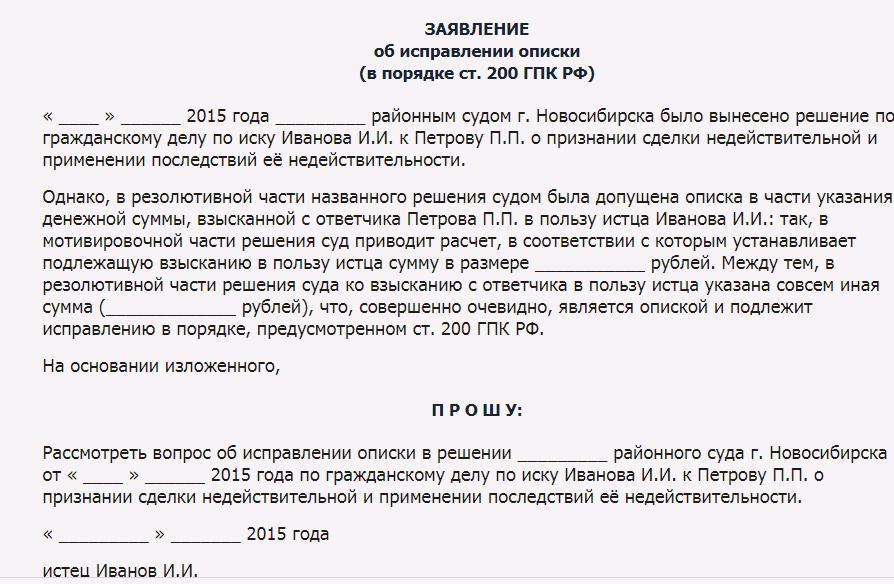
At the same time, clerks and assistant judges, and the judges themselves, make mistakes from time to time when working with documents. There are several reasons: fatigue, the need to do as much as possible in a short time, you constantly have to be distracted by something in the process of writing. Errors and typos are considered incorrectly specified surnames, names, patronymics, names of organizations and other information.
In addition, lawyers are humanities by mentality and often make mistakes with numbers. Therefore, in addition to descriptions, the law highlighted the obvious arithmetic errors made by the court. For example, the amount claimed is incorrectly written in the court’s decision, or it’s not at all the one requested by the plaintiff (much more or less), although the court agreed with the request. If the error lies precisely in the calculations, the correction is denied.
Thus, a statement correcting a clerical error in a court decision is not uncommon.
Which court to apply to?
The authority to which the judicial act was issued is entitled to make such adjustments. If the act is passed by the justice of the peace, the same judge corrects the mistakes, the same principle applies to the district court.
If the decision was made by several judges, the application for correction of errors in the court decision is addressed to the entire panel of judges. This happens in regional and equivalent courts.

No exception was made regarding the Supreme Court of the Russian Federation. The main thing is to indicate in the statement exactly where the document is sent: to the board of the court or the presidium. There is still an appeal board.
If the judge who participated in the case is no longer working, the chairman will appoint another employee to review the application for the correction of the clerical error in the court decision.
Is the state fee paid?
The law relieves the applicant of the obligation to pay the state fee. The procedure is carried out in the framework of one case, so you do not need to pay for it. After all, the application for the correction of descriptions in the court decision is aimed at eliminating inaccuracies in the documents and does not affect material requirements, and such a request does not constitute a request to cancel the decision.
Is there a difference between GIC and agribusiness?
Codes governing, in general, similar legal relations, have differences among themselves. If you touch on the correction of arithmetic errors and descriptions, the difference is one. The arbitral tribunal is given by law 10 days to decide. This includes summoning the participants in the case and holding a meeting. The rest of the same application for correction in a court decision in arbitration is filed in a similar way.
What is the deadline for submitting an application?
The law does not limit parties to the limitation period or in any other way. That is, the court may agree to the correction, but it will not give a restoration of the term for its presentation for execution.
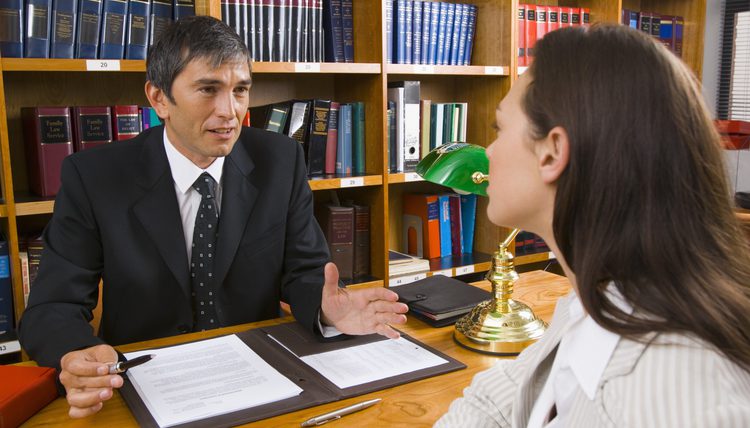
The legislator’s unwillingness to establish additional restrictions is based on the risk of complicating judicial procedures.
The GIC does not say anything about the timing. However, this does not give judges of general jurisdiction more freedom.
Application Permission Form
According to the agro-industrial complex, an application for correction of a clerical error in a court decision is considered at a meeting. The result of the review is made out by definition. In civil cases, the same procedure is provided.
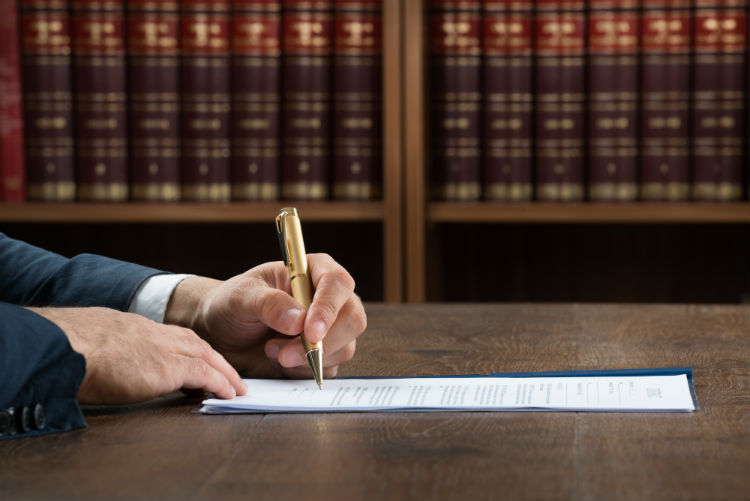
The judge calls the participants by summons. If they did not appear at the meeting, the fate of the statement is decided without their participation. It is important for the judge that receipt of delivery should be received from everyone who is notified, otherwise the meeting will be rescheduled.
Who is applying?
Documents are sent to the court by one of the participants in the process (plaintiff, defendant, third party).
What is the peculiarity of correcting a clerical error in a court ruling? Samples of statements indicate that the bailiffs also have the right to initiate it.
In the civil process, the bailiffs do not have such powers, and the plaintiffs or defendants are forced to appeal to the court. Third parties almost do not participate in such proceedings. Their presence is rather a formality.
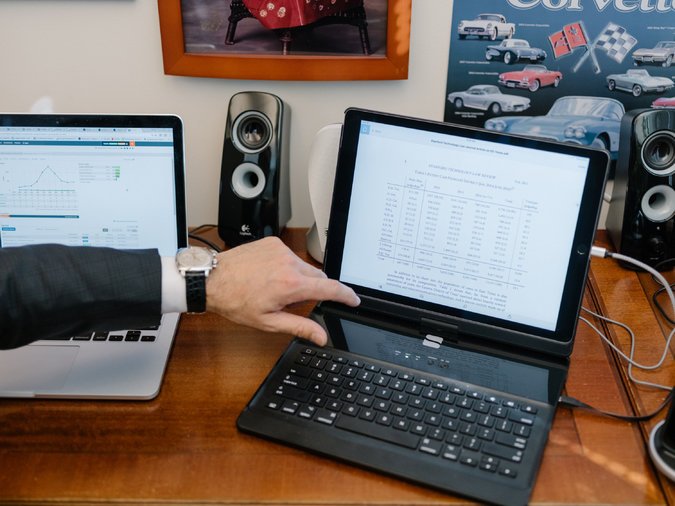
The initiator may be one of the heirs or assigns (organizations). Copies of documents confirming succession or succession (decision on the merger or acquisition of the organization) are attached to the application.
Such papers are certificates of right to inheritance or judicial acts. In the case of organizations - this is the decision of the founders and extracts from the register.
The successor is not paid for the application for the correction of a clerical error in a court decision.
How to write a statement?
You must specify:
- name of the court, F.I.O. of the judge making the decision;
- case number;
- what mistakes were made;
- how, in the applicant's opinion, the court should correct the error (typo or arithmetic error);
- attached documents;
- applicant's signature and filing date.
The number of copies of the application is calculated based on the number of participants. The same number of copies of documents provided by the applicant is attached.
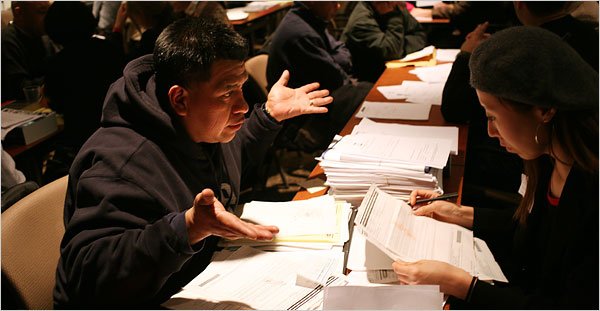
If the representative submits the application, a copy of the current power of attorney is attached.
First of all, a copy of the judicial act is attached, in which there are typos and comments.
It is advisable to attach papers or answers from authorities, where there are links to errors or clerical errors. For example, Rosreestr’s refusal to register a right or a letter from a bailiff. They justify the requirement.
What do citizens forget about?
Errors are corrected by the court, if they were made by its representatives. If the error in the presentation of the data of a person or organization initially took place on the part of the participant in the process, the judge will refuse the application.
During the trial, both the data of participants, information about organizations, calculations are checked, but some nuances turn out to be unnoticed. In specific matters, judges tend to rely on either experts or participants in the process.
In the case of bank account details, there is no need to make corrections. The party only needs to provide the bailiff with valid data.
So, before writing an application, you should consult a lawyer for advice so that there are no annoying errors. He will not let you get confused in the procedural rules and will clarify whether these shortcomings fall under errors and clerical errors. Indeed, because of ignorance, you can pay attention not to what is needed. Samples of applications for arbitration to correct a clerical error in a court decision are often simple forms, and it is difficult for a person who does not have the knowledge of a lawyer to make mistakes by filling them out.
And it is worth paying attention to the difference in judicial practice, judges look at this issue differently, even within the boundaries of one region.
